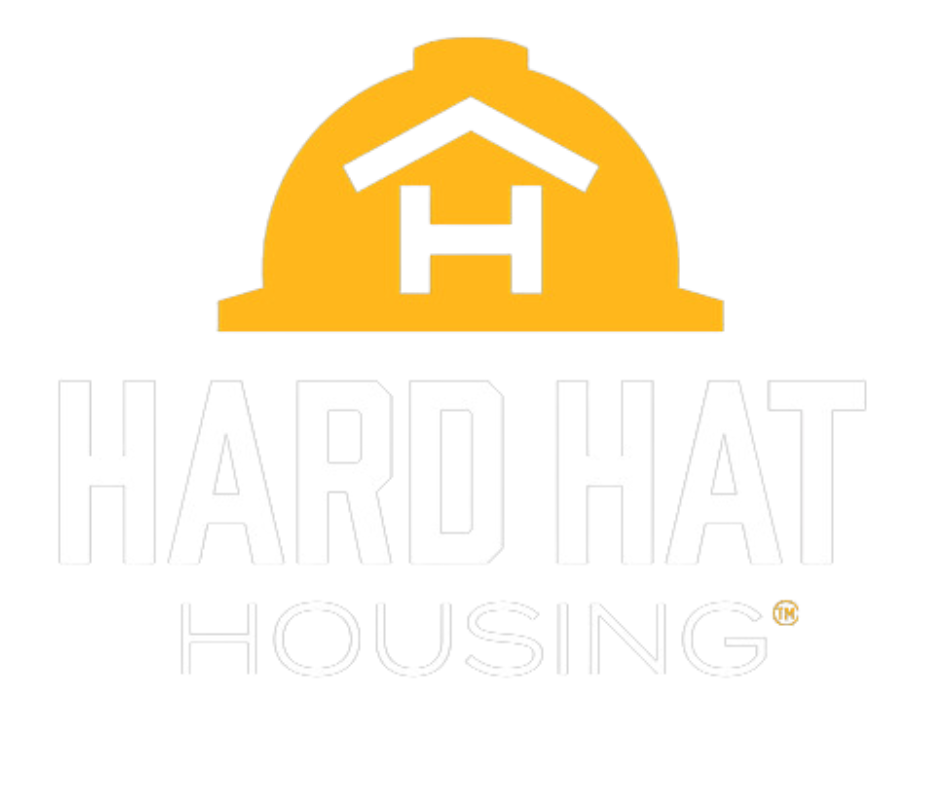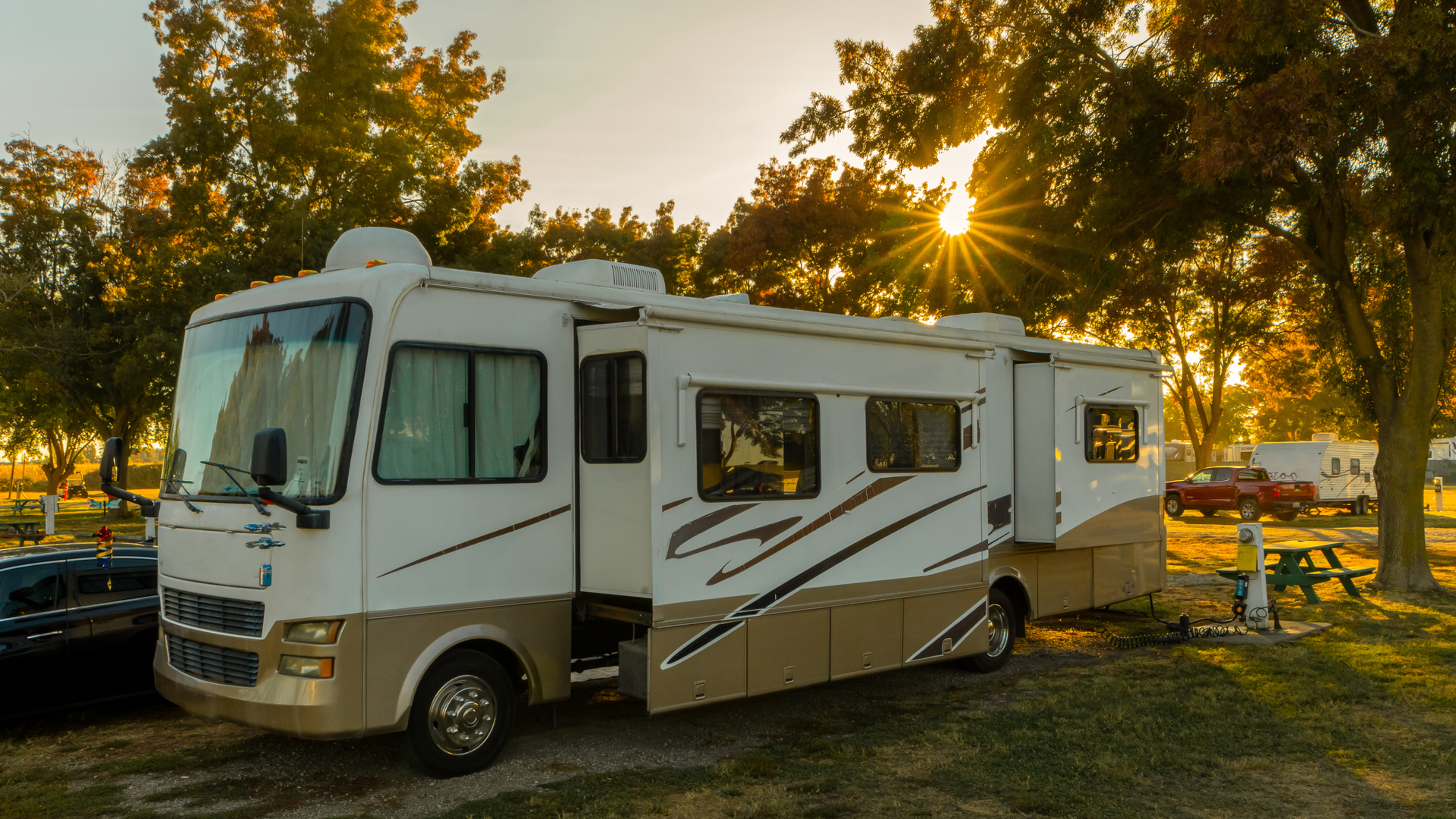What “Affordable” Really Means in Construction Crew Housing
Ask ten people in construction what “affordable” crew housing means and you will get ten different answers. Some will point to the nightly rate. Others will cite the per diem cap. A few will say, “Whatever keeps the guys from quitting.” The truth sits at the intersection of cost, reliability, and fit for work. This article breaks down real monthly cost benchmarks, the add‑ons that quietly inflate budgets, and how to evaluate options against your site logistics and crew needs. Our focus is affordable workforce housing, because misleading price tags cost projects money, time, and trust.
The Cost Stack Behind “Affordable”: Rate, Taxes, Fees, and Risk
If you only compare nightly rates, you miss the cost stack that turns a “deal” into a budget leak. Local occupancy taxes can add 10–15% in many U.S. markets on short stays. For example, San Francisco collects a 14% Transient Occupancy Tax on transient stays, while unincorporated Los Angeles County levies 12% and publishes a specific 30‑day exemption form for qualifying longer stays. Texas exempts guests who stay 30 or more consecutive days, and if you give written notice upon arrival and actually stay 30 nights, the exemption can apply from day one. Those details change your total by hundreds or thousands of dollars on a monthlong booking.
Platforms and properties layer on fees that skew the math. In the U.S., the average Airbnb cleaning fee in 2025 is about $161 per stay, and total-price display now shows fees upfront by default, which makes it easier to compare apples to apples across listings. Still, the fee is real cash out the door and should be amortized over the stay.
Risk has a cost too. In 2025 Airbnb updated cancellation rules, adding a free 24‑hour cancellation window on most short stays and phasing out “Strict” as we knew it. Guests can get refunds more easily, and while many hosts run great operations, host‑ or guest‑initiated changes do happen, especially around events. That uncertainty has a project cost when a mid‑stay switch knocks out productivity.
Parking and incidentals can surprise you. City hotels frequently charge for parking; in San Francisco one flagship property lists self‑parking at about $62.70 per day including tax, and major markets routinely post $20–$60 daily. If your crews each drive a truck, multiply accordingly.
Benchmarks You Can Use in 2025: What Crews Actually Pay
Start with hotels. U.S. hotels averaged roughly $159 ADR in August 2025. A 30‑night stay at that rate runs about $4,768 before taxes and parking. In markets without a 30‑day tax exemption, a 12–14% occupancy tax would add $572 to $668. Parking at $25 per day would add $750. That puts a single room near or above $6,000 for 30 nights in many cities. When you factor in the reality that private rooms are the right standard for most crews, multiply by headcount rather than splitting beds and you see why “cheap nightly rates” rarely equal affordable workforce housing.
Extended‑stay hotels are typically cheaper than full‑service hotel brands, but you should still benchmark correctly. Industry data shows U.S. extended‑stay ADR around $118.50 in Q1 2025 and $123.27 in Q2. Thirty nights at $123.27 is about $3,698 before taxes and parking. The good news: in many jurisdictions, properly booked 30‑plus‑night stays can qualify for occupancy‑tax exemptions; the bad news is that you must document correctly, and not every county handles it the same way.
Short‑term rentals require a different lens. Average daily rates have remained strong in 2025, and cleaning fees apply almost everywhere. Seasonal spikes can be extreme around events; analyses based on AirDNA show markups well over 100% in certain markets and weeks. Those surges distort monthly math and heighten cancellation risk if a host decides to chase higher rates. Combine ADR, fees, any applicable local tax for stays under 30 days, and deposits, then divide by the months and heads. For monthly bookings, check local definitions: some places continue to treat a 30‑day platform booking as transient; others exempt longer stays under specific conditions.
A quick reference point on per diem: GSA’s FY2025 standard CONUS lodging rate is $110, and hundreds of markets sit above that. If your project relies on a flat per diem set well below the real market, you will push crews into long commutes or shared rooms, both of which erode productivity and retention.
RV Parks and Corporate Apartments: When They Make Sense
RV parks can be a money‑saver in certain seasons and geographies. Published monthly pad rates span a wide range: winter‑friendly Texas resorts as low as about $550–$1,145 per month, mid‑continent parks around $680, popular mountain or waterfront parks $1,450–$2,316, and even higher in peak destinations. These rates generally exclude metered electric and of course do not include the capital cost of buying and maintaining an RV. Monthly exemptions from state or local lodging taxes often apply after 30 days, but policies differ by state and county. RVs can work for small crews in mild climates or winter “off‑season” deals, but they are rarely ideal for multi‑month, high‑output jobs in cold regions.
Corporate apartments and serviced units anchor the other side of the spectrum: higher published monthly rates, but with kitchens, laundry, actual living rooms, and far more predictable stays. Public listings show furnished one‑bedroom examples between roughly $3,100 and $7,200 per month depending on market and term, with rates increasing for shorter commitments. For crews that value privacy and stability over daily housekeeping, corporate housing often pencils when you compare per‑person costs to private hotel rooms plus fees and paid parking.
Affordability Is Also About Productivity, Retention, and Safety
Housing that looks cheap but forces long commutes is not affordable once you price lost hours. A 45‑minute each‑way drive is 7.5 unpaid hours a week per person. On a four‑person crew, that is a full 30 hours of time that could have been spent on tools or resting. Fatigue increases error rates and incidents on site. NIOSH highlights the risks associated with irregular schedules and insufficient sleep; housing that supports consistent rest and reduces commute stress is a project‑safety measure as much as a perk.
You can also read the social temperature in public forums. In 2025 threads, construction managers and tradespeople report per diems in the $115–$150 range, with some employers deducting part of per diem for company‑arranged housing; others describe friction over unpaid commuting time or pressure to share rooms. When crews sense that housing is penny‑pinched, morale dips and turnover climbs. Budgeting for private rooms near the site helps avoid that spiral.
Where Our Service Fits Your Definition of Affordable
If your definition of affordable workforce housing is the lowest sticker price, hotels on a per‑night basis may sometimes win on paper. If your definition is the lowest all‑in, risk‑adjusted cost that keeps people productive and safe, the math often points elsewhere. That is why our approach focuses on the real budget drivers: private rooms, kitchens and laundry to reduce daily spend, proximity to the site to cut commute time, and predictable monthly invoices that include utilities and Wi‑Fi. We typically save 25–35% compared to hotels and bundle essentials like monthly cleaning, utilities, and flexible terms into one invoice.
We position crews in home‑like spaces near job sites anywhere in the continental U.S., operate 24/7 support, and keep billing clean so your PMs and accounting teams do not drown in receipts. That is how we define affordable: fewer surprises, less downtime, and lower per‑worker cost over the life of the project.
“Affordable” crew housing is not a rate on a website. It is the out‑the‑door, per‑worker monthly cost to shelter your team safely and close enough to the job that you are buying productivity, not fatigue. When you account for local tax rules, platform fees, parking, and the cost of disruption, many seemingly cheap options become the expensive ones. Use the benchmarks above, pressure‑test your assumptions against current market data, and remember that the most affordable workforce housing is the one that gets your project finished on time with a crew that still wants to work for you.
Want help turning “affordable” into a reliable monthly number you can defend?
Contact us to place your crew in vetted, home‑like housing near the site, with one all‑inclusive invoice.













